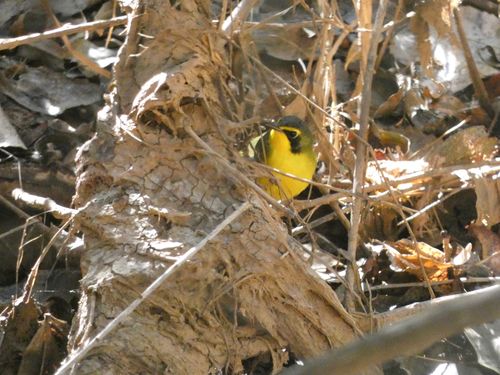Life Bird #500
On November 4th, 2022, I, Parker Davis, saw my
Well, sort of. If you asked an ABA Recording Rules and Interpretations purist, they’d tell you I’m somewhere around 496, due to rules about how long it takes feral populations of exotic birds to become established and therefore "countable" (Rosy-faced Lovebirds and Monk Parakeets in Phoenix count, but Yellow-collared Lovebirds and Nanday Parakeets do not, etc. – these rules are useful for Big Year competitions but don't mean much for my general purpose life list). On the other hand, my eBird life list currently shows 503 species due to temporary "Domestic type" taxa life list inflation. There is a surprising amount of gray area when you get down to it. If you ask me though, I just saw my 500th life bird.
Last Thursday afternoon, Tommy DeBardeleben posted in the AZ Rare Bird group chat that he found a Kentucky Warbler at the Jewel of the Creek Preserve. It had been stormy with rain and hail coming and going throughout the day but by afternoon it was clearing up. The resulting cool temperatures and sky full of dramatic clouds were beckoning me outside. A sunset bird chase is rarely successful in my experience but Nell and I had never been to the Jewel of the Creek preserve so we decided, hell, let’s go!
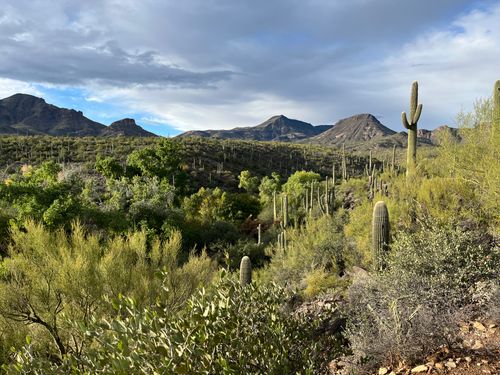
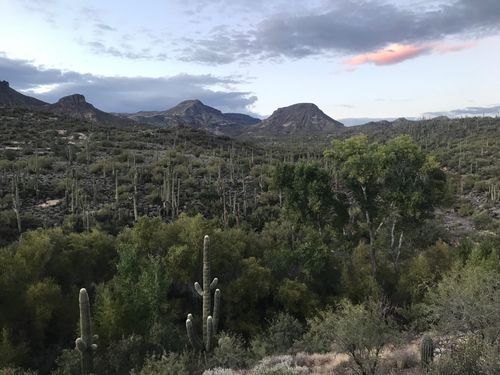
The next morning we decided we ought to try again. The scenery was still spectacular, the weather sunny and cool, our minds fresh and caffeinated. Taking our time birding along the creek, we lingered in patches of morning sun. Dara, a local birder, caught us basking and shared that she, along with most of the group from the night before, had just seen the bird up the trail.
We set off with a bit more urgency. We heard a series of loud down-slurred calls in the distance that sounded an awful lot like the Kentucky Warbler recordings we had listened to in preparation. Once we were about where we'd heard the calls we stopped, looked, and listened. Anticipation grew with each passing Ruby-crowned Kinglet and rustling leaf. Eventually a blob of yellow and olive emerged, black-masked, foraging in the undergrowth.
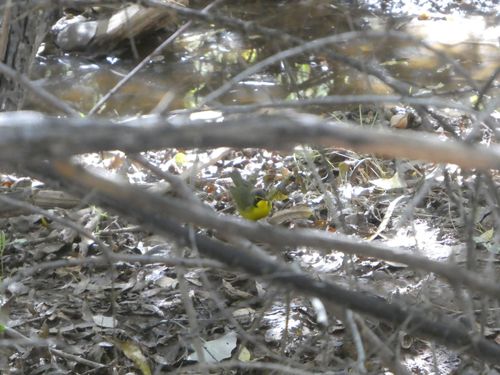

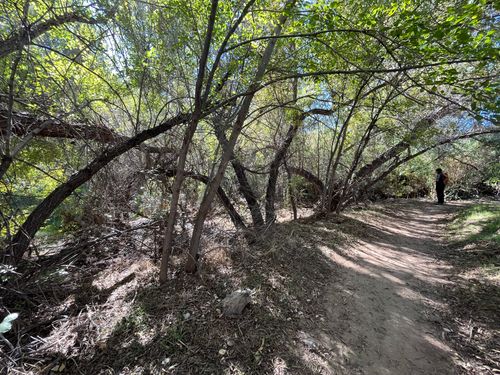
The number on a birder's life list is a poor measure of their bird knowledge or observational skills. I find life lists most useful for reflecting on the many experiences had while adding birds to it. With each bird an associated memory, a landmark in space and time. I'm not the same person as I was at bird #400 (Caspian Tern, 2018, California trip with Nell, on my way to play a solo show in San Francisco) or bird #300 (Hermit Warbler, 2017, birding Mingus Mountain with my mom).
No matter what number is assigned to it, seeing a new bird is worth celebrating. After hiking the long loop back to the car, we stopped in town for celebratory provisions. A tradition among some birders is to eat “Lifer Pie”. Nell and I opted for a Lifer chicken parmesan sandwich instead.
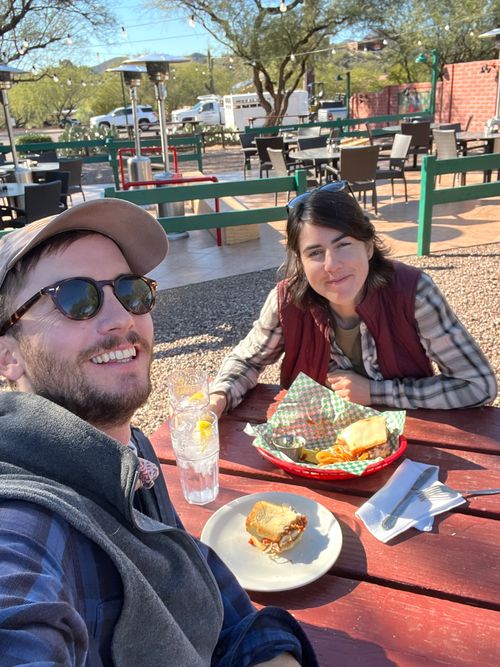
It was good.
